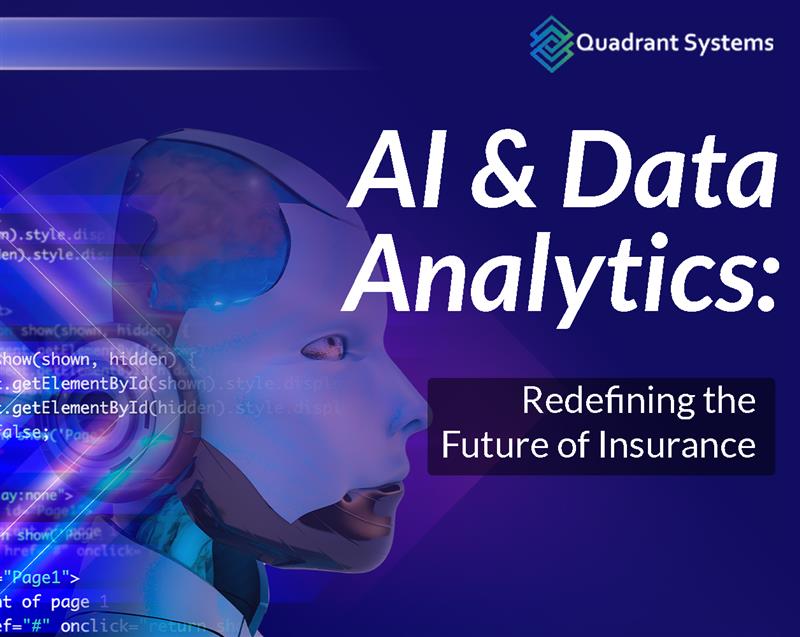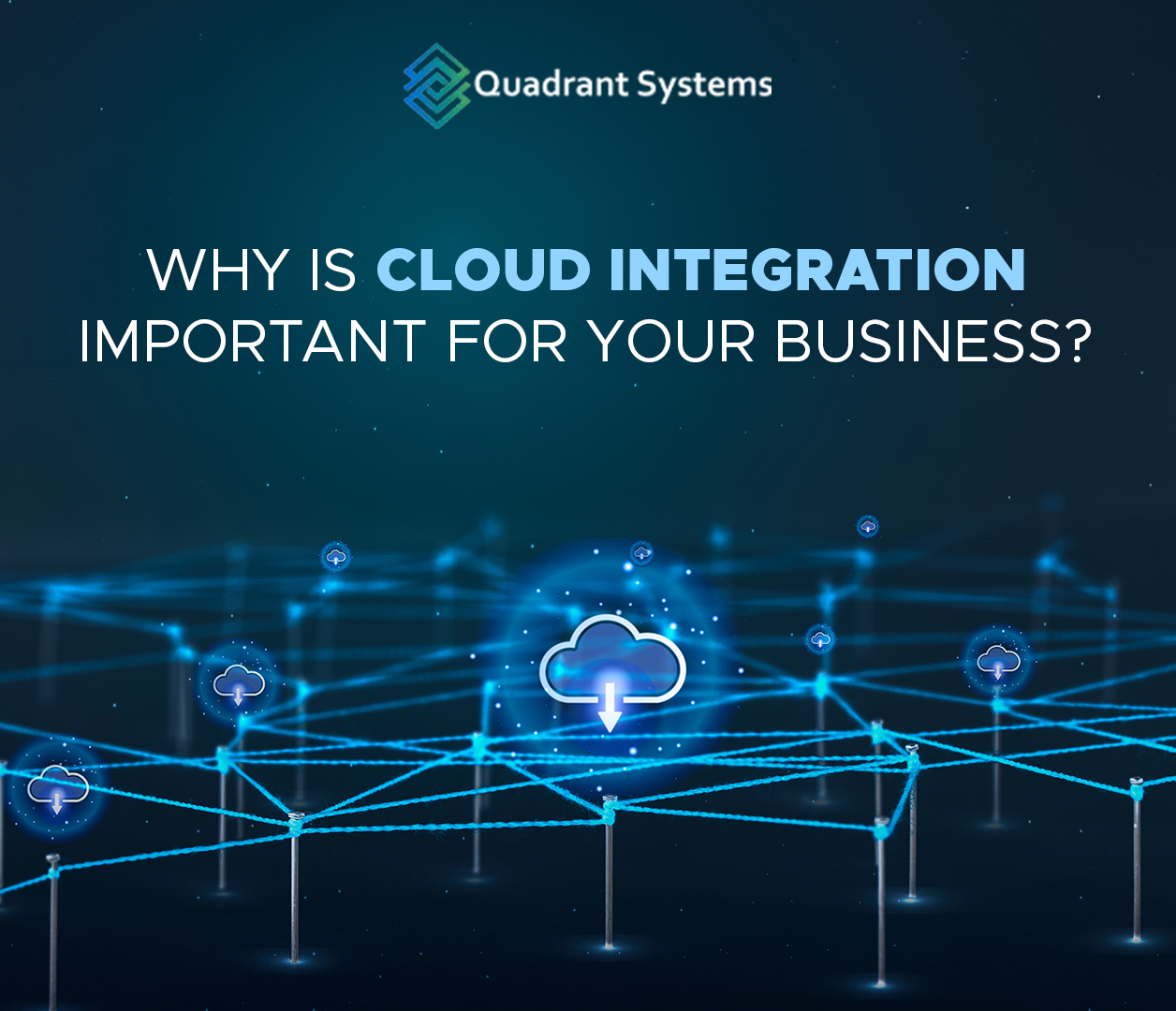In an era where agility, speed, and scalability define success, enterprise integration has become the backbone of digital transformation. Businesses today operate in a landscape filled with diverse applications, cloud platforms, on-premises systems, IoT devices, and APIs. The ability to connect these disparate components seamlessly is what empowers organizations to automate processes, improve data visibility, and drive innovation.
Yet, achieving this level of connectivity is not without challenges. Legacy systems, data silos, and a lack of standardization have made integration a complex endeavour. As businesses evolve, so do the technologies that support them. In this blog, we explore the evolution of enterprise integration from traditional platforms to modern Integration Platform as a Service (iPaaS) solutions and provide insights on how to choose the right approach for your organization.
Why Enterprise Integration Matters?
Enterprise Application Integration is the process of connecting various IT systems, services, and applications within an organization to work as a unified whole. The goal is to enable real-time data sharing, process automation, and improved operational efficiency.
Here’s why it’s critical:
Data Consistency: Avoids duplication and errors by synchronizing information across systems
Process Efficiency: Streamlines workflows and eliminates manual intervention
Agility: Enhances responsiveness to market changes by ensuring faster access to insights
Scalability: Supports business growth by connecting new tools and platforms seamlessly
Customer Experience: Provides a 360-degree view of customers by integrating CRM, ERP, support, and marketing platforms
With integration at the core of digital infrastructure, choosing the right strategy becomes essential.
Popular Enterprise Integration Technologies
Before we delve into iPaaS, let’s explore the major types of integration technologies used by businesses today:
- Enterprise Service Bus (ESB)
ESB is a middleware solution that acts as a central messaging backbone. It allows applications to communicate via a common bus using a standard format. Though highly effective for complex enterprise environments, ESB systems tend to be heavyweight and complex to maintain. - Point-to-Point Integrations
This involves direct connections between two systems. While simple for small-scale use, this model doesn’t scale well—managing multiple integrations becomes error-prone and time-consuming. - API-Led Connectivity
Driven by RESTful APIs, this modern approach decouples systems using APIs for data access. It’s highly reusable and essential for businesses undergoing digital transformation. - ETL Tools (Extract, Transform, Load)
Used primarily for data warehousing and batch integrations, ETL tools handle large volumes of data by extracting from one system, transforming it, and loading into another. However, they are not ideal for real-time integration. - Middleware Platforms
Middleware such as Oracle Fusion, IBM WebSphere, or TIBCO acts as a bridge between disparate systems. These tools are robust but can be costly and require significant IT involvement.
As cloud adoption accelerates, these traditional models struggle to keep up with the demands of real-time integration, lower cost, and faster deployment—paving the way for iPaaS.
What Is iPaaS (Integration Platform as a Service)?
iPaaS is a cloud-based integration platform that connects applications and data across cloud and on-premise environments. It provides a suite of tools to build, deploy, manage, and monitor integrations without the need to manage any underlying infrastructure.
iPaaS solutions typically include:
Pre-built connectors for SaaS and enterprise apps
Drag-and-drop workflows and low-code interfaces
Real-time data synchronization
API management and monitoring
Event-driven architecture support
Security, compliance, and governance features
It simplifies the integration process and is particularly beneficial for organizations with hybrid or cloud-first architectures.
Traditional Platforms vs. iPaaS Solutions
Feature Traditional Platforms iPaaS Solutions
Deployment On-premise or private cloud Cloud-native, SaaS model
Time to Integrate Weeks to months Hours to days
Scalability Limited, resource-intensive Highly scalable on-demand
Cost Structure High upfront and maintenance costs Subscription-based, predictable pricing
Maintenance Requires in-house IT teams Managed by vendor
Real-Time Capabilities Limited or complex to implement Built-in, with event-driven triggers
API Support Manual configuration required Native support for REST, SOAP, and GraphQL
Ease of Use Requires technical expertise User-friendly, low-code tools
While traditional platforms remain valuable for mission-critical and legacy systems, they often fall short in speed, flexibility, and cost-effectiveness when compared to iPaaS.
Benefits of Using iPaaS for Enterprise Connectivity
Adopting iPaaS enables organizations to streamline operations, reduce IT workload, and accelerate innovation. Key benefits include:
- Faster Time-to-Value
With pre-built connectors and low-code tools, businesses can deploy integrations quickly, reducing time from weeks to hours. - Unified Integration Across Systems
Whether it’s Salesforce, SAP, Shopify, or custom APIs, iPaaS supports seamless integration across cloud, SaaS, on-premises, and legacy systems. - Improved Agility and Scalability
iPaaS allows businesses to scale effortlessly as they add new services or expand to new regions. No need for complex infrastructure upgrades. - Enhanced Data Visibility and Flow
Real-time synchronization ensures all systems have up-to-date data, empowering better decision-making and automation. - Security and Governance
Leading iPaaS vendors ensure end-to-end encryption, data masking, and compliance with global regulations like GDPR, HIPAA, and SOC 2. - Cost Efficiency
With its pay-as-you-go model, iPaaS eliminates large capital expenditures and reduces dependency on internal IT teams.
How to Choose the Right iPaaS Solution?
Selecting the right iPaaS platform involves evaluating both your technical needs and long-term business goals. Here’s what to consider:
- Integration Needs
Map out your current and future systems like CRM, ERP, marketing automation, custom apps, etc to ensure the iPaaS offers pre-built connectors and support for necessary protocols. - Usability
Choose a platform with a low-code/no-code interface to empower business users and reduce dependency on developers. - Real-Time vs. Batch Processing
Ensure the iPaaS supports real-time data flows if instant updates are critical for your business operations. - API Management Capabilities
If your integration strategy includes exposing or consuming APIs, ensure the platform offers API lifecycle management, throttling, security, and analytics. - Security & Compliance
Verify that the vendor complies with industry standards and offers robust data protection features. - Vendor Support and Ecosystem
Look for strong customer support, community forums, and third-party integrations that can extend the platform’s capabilities. - Pricing Model
Opt for transparent, usage-based pricing to control costs and ensure ROI aligns with business value.
Conclusion: The Future Is API-Driven, Cloud-Native Integration
As organizations continue to embrace cloud-first and hybrid models, integration must be agile, secure, and scalable. Traditional middleware and ESBs may still have a place in legacy environments, but iPaaS solutions are rapidly becoming the go-to integration strategy for modern enterprises.
By adopting iPaaS, businesses can unlock seamless connectivity, improve operational agility, and lay the foundation for API-driven digital transformation. The future of enterprise integration is not just about connecting systems but it’s about enabling innovation, speed, and smarter decision-making at scale.








